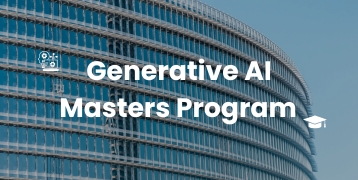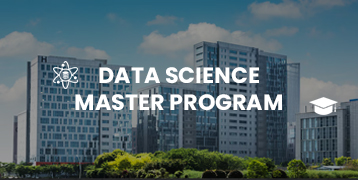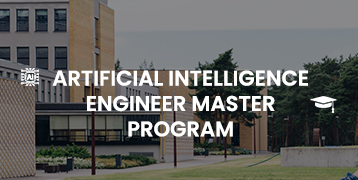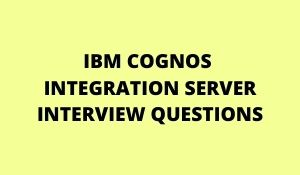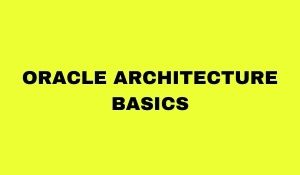
Oracle database architecture is a fusion of instance and database. An instance is a mixture of memory structures and background approaches that helps in analyzing and writing the data to the database. It is a collection of data handled as a unit. The cause of a database is to store and retrieve associated information. A database server is a key to solving the problems of data management. Normally, a server reliably manages a large quantity of data in a multiuser environment so that many customers can simultaneously access the same data. All this is performed while delivering high performance. A database server additionally prevents unauthorized access and gives productive solutions for failure recovery.
Oracle Database is the first database outlined for organization grid computing, the most flexible and cost-effective way to control data and applications. Enterprise grid computing invents large pools of industry-standard, modular storage, and servers. With this architecture, every new system can be promptly provisioned from the pool of components. There is no need for top workloads, due to the fact capacity can be easily brought or reallocated from the resource pools as needed.
Why do we Use Oracle?
It is a database management software product. A database consists of an organized collection of information. A database management system in addition it is used for storing the data however to productively manage it and gives high performance authorized access, and failure recovery features. It offers a software solution that is convenient to use and manage database operations, from Personal to Enterprise level applications.

Oracle Database features
- Logical data structure: Oracle makes use of the logical data structure to store information so that you can link with the database besides knowing where the data is stored physically.
- Partitioning: It is a high-performance feature that lets you divide a large table into distinct portions and store every piece throughout storage devices.
- Memory caching: The memory caching architecture authorizes you to scale up a very large database that however can perform at a high speed. Data Dictionary is a set of internal tables and views that supports administering the Oracle Database more effectively.
- Backup and recovery: make sure the integrity of the data in case of system failure. Oracle consists of a powerful tool known as Recovery Manager (RMAN) that lets DBA perform cold, hot, and incremental database backups and point-in-time recoveries.
- Clustering: Oracle Real Application Clusters allows high availability that allows the system to be up and running except interruption of services in case multiple servers in a cluster fail.
Database and Instance
An Oracle Database consists of a database and at least one instance. An instance, or database instance, is the combination of memory and processes that are a part of a running installation and a database is a set of files that store data. The database instance is named as an entire running database. However, it is important to understand the distinctions between the two. Initially, you can start a database instance without having it accessing any database files. This is how you create a database, starting an instance first and creating the database from within the instance.
Subsequently, an instance can access only one database at a time. When you start an instance, the next step is to mount that instance to a database. And an instance can mount only one database at a single point in time. Next the multiple database instances can access the same database. In a clustering environment, many instances on several servers can access a central database to enable high availability and scalability. Finally, a database can exist without an instance. However, it would be unusable because it is just a set of files.
Two basic memory structures are associated with an instance:
System Global Area (SGA): Group of shared memory structures, called as SGA components that include data and control information for one Oracle Database instance. The SGA is shared through all server and background processes. Data stored in the SGA consist of cached data blocks and shared SQL areas.
The SGA is the memory area that consists of data and control facts for instance. The SGA consists of the following records structures:
Shared pool: Caches many constructs that can be shared amongst users
Database buffer cache: Caches blocks of facts retrieved from the database
Redo log buffer: Caches redo data till it can be written to the visible redo log files saved on the disk
Large pool: Optional area that offers large memory allocations for defined large processes, such as Oracle backup and recuperation operations, and I/O server processes
Java pool: Used for all session-specific Java code and data in the Java Virtual Machine (JVM)
Streams pool: Used by Oracle Streams to save information required by capture and apply
Fixed SGA: An internal housekeeping area containing familiar data about the state of the database and the instance, and data communicated between processes When you onset the instance, the amount of memory allocated for the SGA is displayed.
Program Global Areas (PGA): Memory areas that comprise data and control information for a server or background process. A PGA is no shared memory created by Oracle Database when a server or background process is started. Access to the PGA is distinctive to the server process. Each server method and background process has its very own PGA.
A Program Global Area (PGA) is a memory area that includes data and control information for each server process. An Oracle server process services a client’s requests. Each server method has its own private PGA that is allotted when the server process is started. Access to the PGA is distinct to that server process, and the PGA is read and written only by the Oracle code performing on its behalf.

Oracle Database’s Background Processes
To maximize overall performance and accommodate many users, a multiprocessor Oracle Database system uses some additional Oracle Database processes known as background processes. An Oracle Database instance can have many background processes.
PMON is the system monitor that regulates all different processes. PMON cleans up abnormally linked database connections and automatically registers a database instance with the listener process. PMON is a technique that has to be alive in an Oracle database.
SMON is the system monitor technique that performs system-level clean-up operations. It has two main duties consisting of automatically instance recovery in the event of a failed instance, e.g., power failure and cleansing up of temporary files.
DBWn is the database writer. Oracle performs each operation in memory instead of the disk because processing in memory is faster and more efficient than on disk. The DBWn method reads data from disk and writes it back to the disk. An Oracle instance has many database writers DBW0, DBW1, DBW2, and so on.
CKPT is the checkpoint process. In Oracle, information that is on disk is known as block and the data in memory is known as a buffer. When a block is written to the buffer and changed, the buffer will become dirty, and it desires to be written down to the disk. The CKPT technique updates the control and data file headers with checkpoint data and alerts the writing of dirty buffers to the disk. Oracle 12c permits both full and incremental checkpoints.
LGWR is the log writer method which is the key to the recoverability architecture. Every trade that takes place in the database is written out to a file known as a redo log for restoration purposes. And these modifications are written and logged by the LGWR process. The LGWR process first writes the changes to memory and then disks as redo logs which then can be used for recovery.
ARCn is the archive process that copies the content of redo logs to archive redo log files. The archive process can have multiple methods such as ARC0, ARC1, and ARC3, which permit the archiver to write to numerous locations such as D: drive, E drive, or other storage.
MMON is the manageability monitor technique that gathers performance metrics.
MMAN is the memory manager that automatically manages memory in an Oracle database.
LREG is the listener registration manner that registers data on the database instance and dispatcher processes with the Oracle Net Listener.

